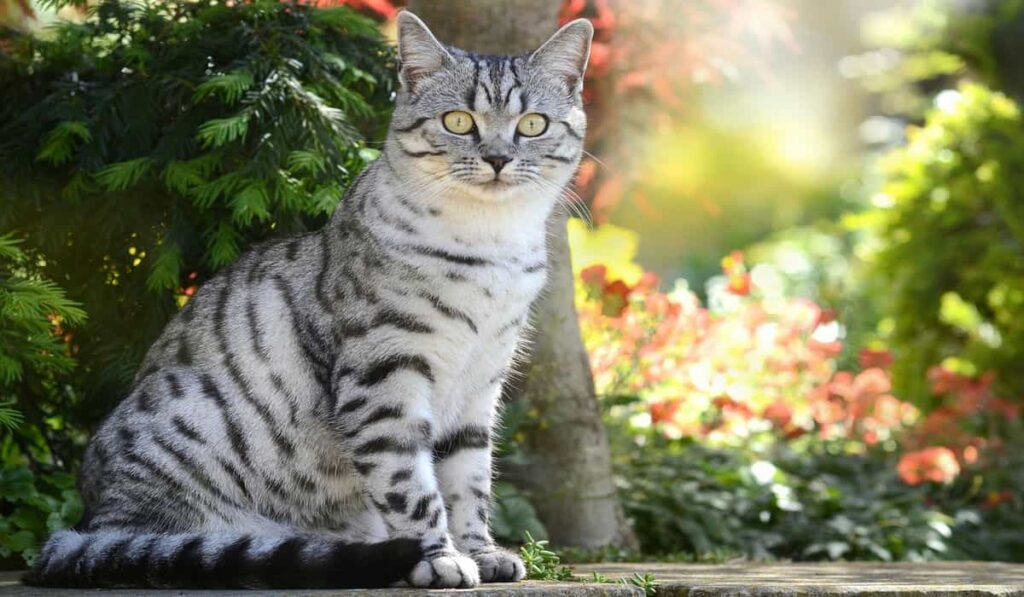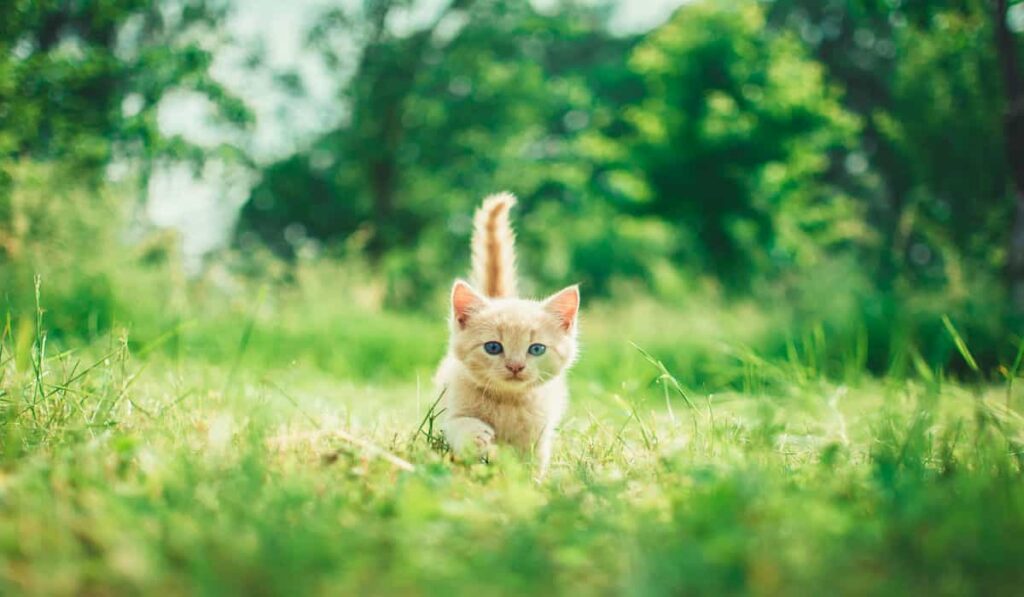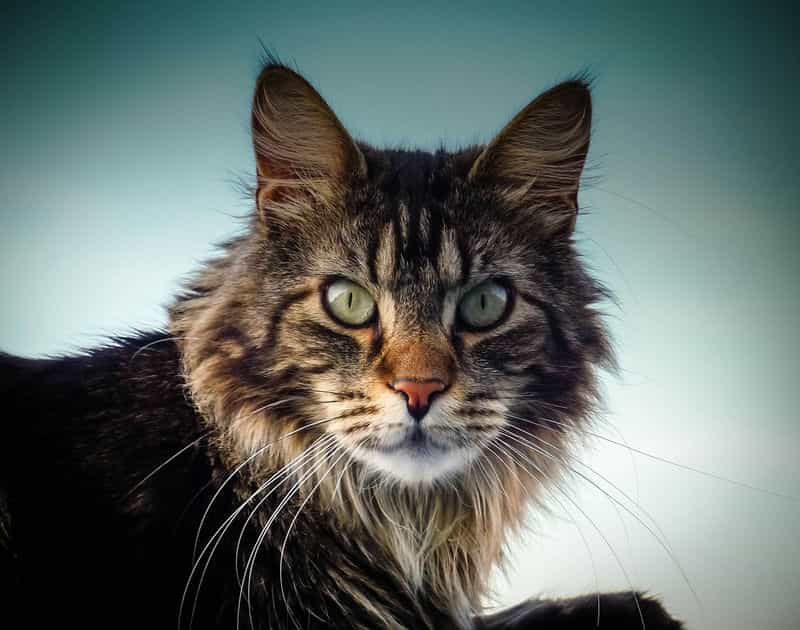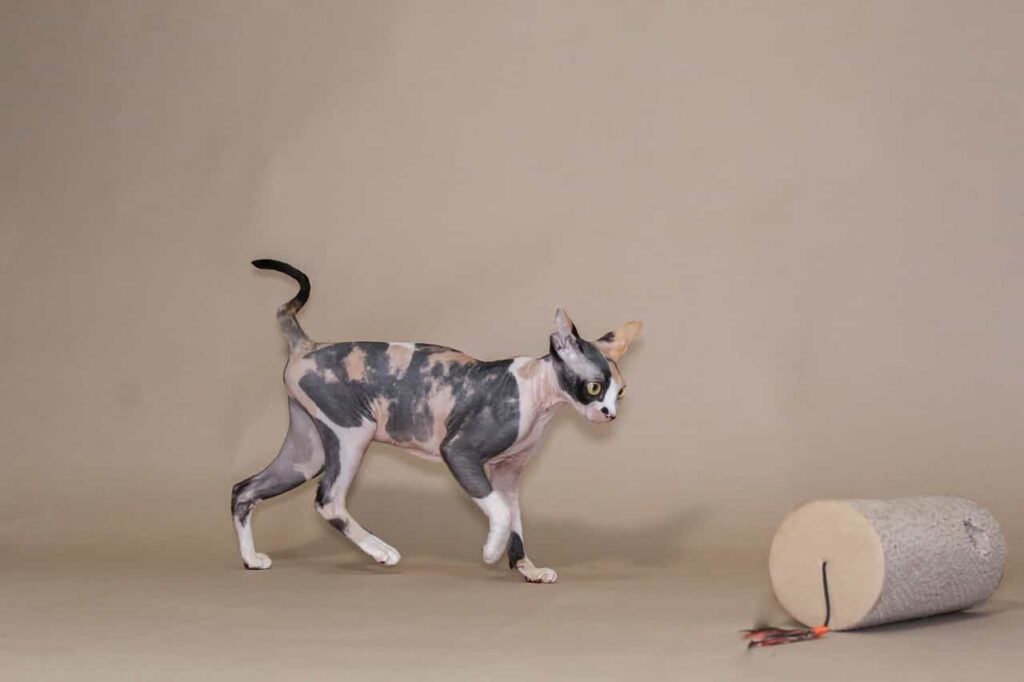Embark on a delightful journey into the world of the Domestic Shorthair cat, a breed celebrated for its versatility and charm. These cats, known for their varied coat colors and patterns, embody the essence of feline beauty and adaptability. With their laid-back nature and affectionate demeanor, Domestic Shorthairs effortlessly fit into a range of family settings, making them one of the most popular cat breeds.
This guide delves into understanding the Domestic Shorthair cat’s personality, grooming needs, nutritional requirements, and effective training methods. Whether you’re a seasoned cat owner or considering adopting one of these endearing cats, this guide offers invaluable insights into providing the best care and creating a lasting bond with your Domestic Shorthair.
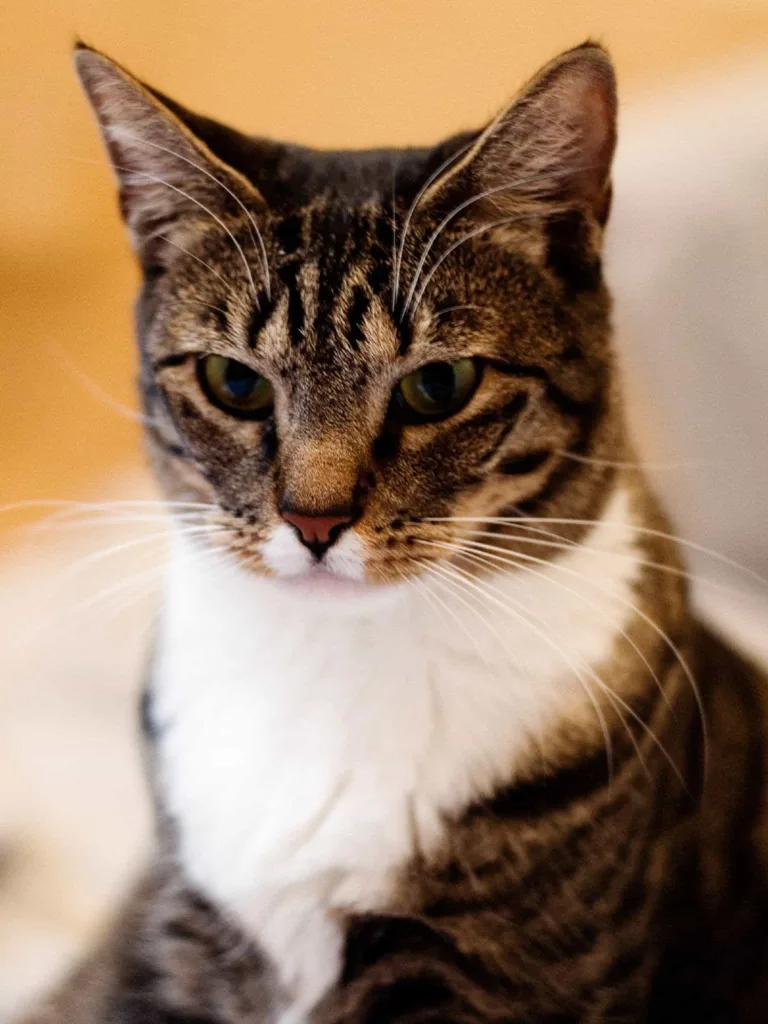

Table of contents
Polydactyl cat as a domestic shorthair cat
Domestic Shorthair is not any specific breed. British Shorthair, American Shorthair, and other standardized breeds with shot coats are recognized by various cat associations as Domestic Shorthair cats. They’re also known as `Moggies`, and `mutts` in the United Kingdom; veterinarians and animal control agencies call them Domestic Shorthair (DHS), House cats, Shorthair (HCS), and Shorthair Household pets.
In the USA, they are the most common cats, and almost 96% of cats are Domestic Shorthair cats. The American people call them `Alley cats` and Feral cats`.
They often get confused as a breed. Their other names are ‘Polydacts’ and ‘Hemingway cats.’ they’re one kind of Domestic Shorthair. To be honest, most cat registries didn’t recognize the cats in their cats.
Characteristics of Domestic Shorthair cats
Their intelligence:
Because of having a larger genetic pool, Domestic Shorthairs are highly intelligent. They respond by calling their name as they have a sharp memory. The cats are always ready to learn new Techniques. Once upon a time, American Shorthair cats were also recognized as Domestic Shorthairs. In 1996, they achieved separate breed recognition.
Their colours and varieties:
Domestic Shorthairs are available in so many colours and coat patterns and colours. Domestic Shorthairs love to stay indoors: They are not prone to be out and love to stay at home.
They are amazing hunters:
Their ancestors were hunters and travelled all over the world by ship. They had a very important role in pest controlling and killing rodents. So, that trait is still existing in Domestic Shorthair cats. Usually, they’re prone to be indoors, but when they go outside, they always return with a prize, such as a dead rat or bird.
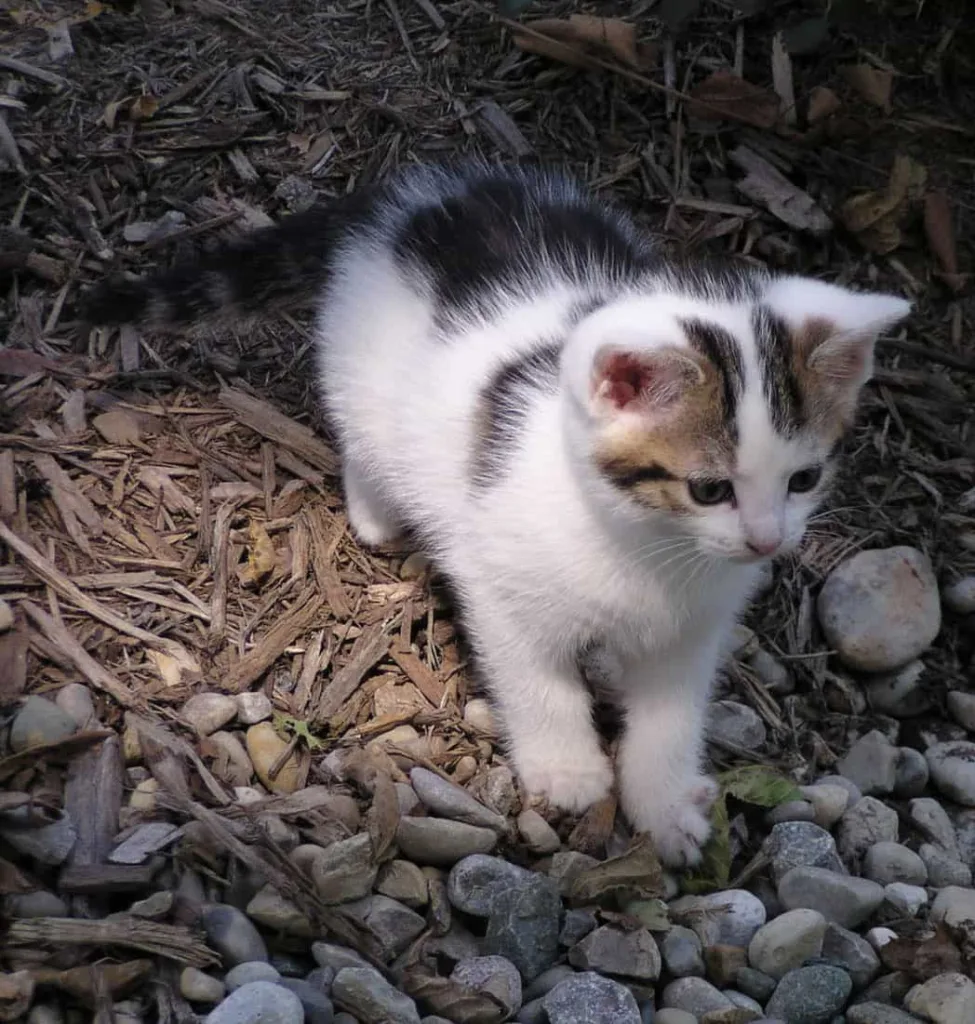

They can seize you:
Sounds funny. Right? But it is true. When they need you, they’ll have your attention by sweet meowing, and you can’t avoid them.
They love to be active and exercise:
They’re indoor cats that don’t mean that they are lap cats. They love to exercise and keep themselves fit and active.
They have different natures:
As their different colours and coat pattern, their natures are also different. Some Shorthairs will jump under the bed to see the visitors, while some will greet them from the door.
Physical characteristics of Domestic Shorthairs
Size: About 25 centimetres according to their breed.
Weight: 3-4 kg
Coats: They’re always short-coated, and colours and patterns are various.
Life expectancy: up to 20 years.
Types of Domestic Shorthairs cat
Tabby coated
Tabby is not a breed but a coat pattern available in many cat breeds. They’re available in Toyger, Bengal, European, and American Shorthair cats with stripes. Domestic
Shorthairs have `M` markings on their forehead, and Mackerel Tabby has rings on their chest, legs, and tails. Some Tabby patterns have spotted coats.
Black cats:
Domestic Shorthairs are also available in Black cats or Smokey Grey colours cats.
Calico coat patterns:
The Black, White, and Orange patched Tabby cats are also shorthaired. Most Calico cats are females.
Pointed markings:
Dark colours shed on the body are called Pointed marking cats and are also available in shorthair cats.
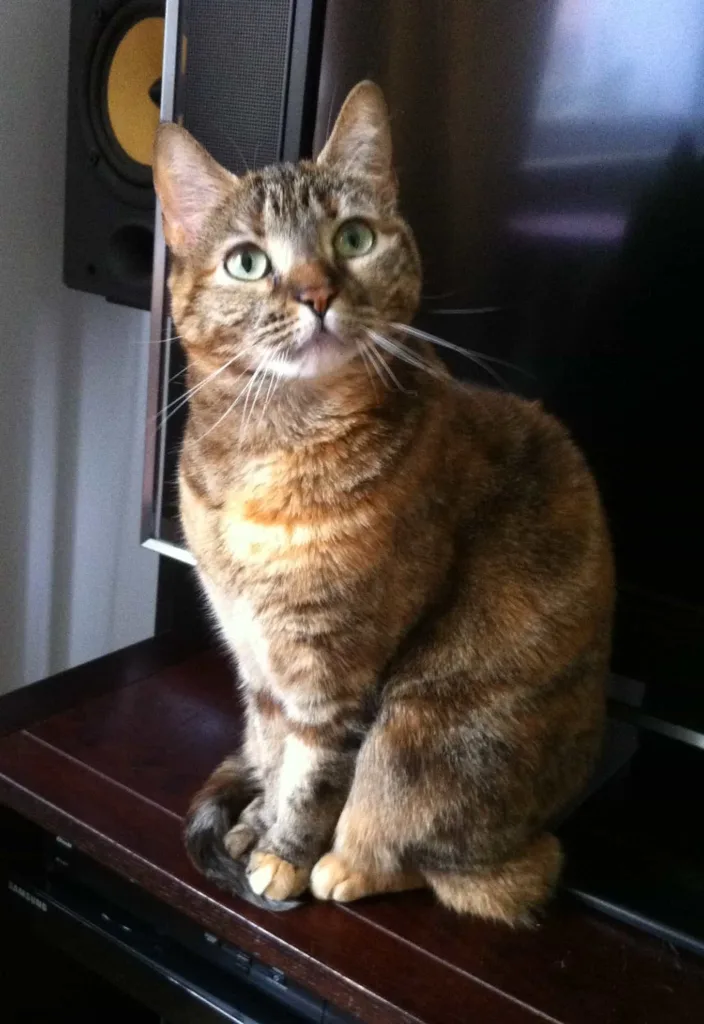

Tuxedo:
Another shorthaired domestic cat with Black and White coats. Most of the Tuxedo cats are male cats. There are also some other bi-colour cats. Black and white-coloured cats have 50% Black and 50% of white colour on their bodies.
Tortoiseshell or Tortie:
The cats which have coats like Tortoiseshell are called Tortoiseshell or Tortie cats. Tortoiseshells cats are always shorthaired cats.
Solid-coated cats:
There are 4 colours of Solid coated cats- White, Black. Chocolate and Dilute coated cats- ideal Domestic shorthair cats.
Harlequin:
Harlequins are mostly White coloured cats with patches and marks on them. If Harlequin cats have markings, they have an `M` on their forehead, but if the cat is White-colored, then the `M` is missing.
There are also so many Domestic Shorthair cats based on their ancestry. As they don’t have any particular breed, shorthaired domestic cats can be included in the list.
Health and problems of Domestic Shorthair Cats
Domestic Shorthairs are from various breeds, but some health problems are common in them, such-
Heart diseases
Kidney diseases ( Acute and Chronic):
Acute diseases are common in young cats, and chronic diseases are common in older cats. The symptoms are tumours, infections, and inflammations during urination.
Obesity:
Most domestic cats have obesity problems as they live their lives indoors. So, be cautious about the feeding amount of your Domestic Shorthairs.
Diabetes:
The cats are prone to get sick of sugar diabetes. The symptoms are- fatigue, increased appetite and thirst, urination, and weight loss and gain.
Skin disorder:
Domestic shorthairs suffer from many skin diseases such as red or inflamed skin, scaly skin, bald spots, matted fur, rashes fur, etc.,
Respiratory disorder:
Congestion, coughing, fatigue, fever, loss of appetite, running nose and eyes, sneezing, trouble breathing.
Hypothyroidism:
When Thyroxin Hormone is emitted by the gland located in the neck, the metabolism gets fastened, and the body gains weight. The other symptoms are- diarrhoea, hyperactivity, increased appetite, thirst, and so on.
Tummy upset
Vomiting
Feline Lower Urinary Tract Disease (FLUTD):
This includes infecting urinary tract infections, stones in Urinary Bladder, Cancer, and Feline Idiopathic.
Domestic Shorthairs are prone to overeating. So, you need to be continuous about their feeding to avoid obesity and Diabetes. Please, consult your vet for a healthy and right amount of diet.
As they are from various breeds, their requirements and care will be according to their breed. They’re short-coated, so they don’t shed a lot and are usually low-maintenance cats.
Some facts about Domestic Shorthairs
- They’re very good pets for first-time owners.
- They love to catch moving things, such as a flying bird and a running rat.
- The most common cats that are found in shelters.
- British Shorthairs and American Shorthairs are the half descendants of Domestic Shorthair cats.
- They love to stay at home.
- They are excellent hunters. Despite being house cats, Domestic Shorthairs are expert hunters and pest controllers because of their hunter ancestors.
- They can own you instead of you owe them. They are so lovable and affectionate that they come to greet you at the door, will meow, and demand love.
- As they’re hunters are so highly intelligent. For a longer genetic pool, they can respond when you call them by their names and are willing to learn any trick.
- Domestic Shorthairs love to exercise: they are very active and playful cats that want to be busy in their convenient time to play and exercise.
- Their temperament and nature are different according to their breed and ancestors. Such as, those cats have Siamese ancestors. They’re talkative and vocalizing.
- The most common cats are in the USA and UK.
- They connected with ancient Egypt when cats were worshipped as God and Goddesses.
- They have a lifespan of 15-20 years.
- They can adjust easily to both small and big families and small and big houses.
- Almost all Domestic Shorthairs are low-maintenance cats.
- They’re very affectionate.
The differences between Domestic and American and British Shorthair cat
Well, that is a very good point. American and British shorthairs are 2 separate breeds included in domestic Shorthairs, and Domestic Shorthairs aren’t a breed at all. There are so many cat breeds included in them. The similarity only is – all domestic shorthairs have similar body types.
Domestic shorthairs are available in shelters, so you don’t need to go to any breeder to buy them. The shelters will receive a small amount of money. So, adopt it, adopt it, don’t buy. You can adopt from petfinder.com or adopt-a-pet.com.
Remember some facts before adopting a Domestic Shorthair
- If you’re very busy, adopt an older and independent cat like a British shorthair.
- If you have toddlers and children in your family, then children and pet-friendly kitty is.
- Suppose you adopt a kitten that has passed 16 weeks with its mother. I know kittens are adorable, but those 16 weeks are very important for the socializing the kittens learn from their mother.
- Adopt a cat that is similar to your nature and will adjust to your family, your house situations and your area.
- Make sure that the cat/kitten is vaccinated.
- Take your pet to the vet immediately after adoption for a health check-up.
Domestic Shorthair Cat Nature and Temperament
The Domestic Shorthair cat’s personality is as diverse as its coat patterns. These cats are known for their easygoing and adaptable temperament, making them ideal companions for various households. Their nature can range from playful and active to calm and laid-back, often depending on their environment and upbringing. Caring for Domestic Shorthair cats involves understanding their individual personality traits and catering to their emotional needs.
They are generally sociable and enjoy interaction, though some may have a more independent streak. Domestic Shorthair cat behavior is often a blend of curiosity and cautiousness, with many showing a keen interest in their surroundings. When it comes to health, Domestic Shorthairs are generally robust, but like all breeds, they can have specific health issues. Regular veterinary check-ups and a balanced diet are vital to ensure a healthy lifespan for these beloved cats.
Domestic Shorthair Cat Grooming Guide
Grooming a Domestic Shorthair cat is relatively straightforward, thanks to their short, dense coat. However, regular grooming is still essential to maintain their coat’s health and to minimize shedding. Domestic Shorthair cat grooming should include weekly brushing to remove loose hair and distribute skin oils evenly. This not only helps in keeping their coat shiny but also reduces the amount of hair around the house.
When it comes to bathing, Domestic Shorthairs generally require less frequent baths, but it’s important to use a mild cat-specific shampoo when you do. Regular grooming sessions are also an opportunity to check for any signs of health issues, such as lumps, bumps, or skin irritations. Additionally, caring for Domestic Shorthair cats involves maintaining their nail health and dental hygiene, essential aspects of their overall wellbeing.
Domestic Shorthair Cat Food and Nutrition
Feeding Domestic Shorthair cats involves providing a balanced diet that meets their nutritional needs. The best diet for Domestic Shorthair cats should include high-quality proteins, essential fats, vitamins, and minerals. It’s important to choose cat food that is age-appropriate, whether for Domestic Shorthair kittens or adults. Portion control and regular meal times are key to preventing obesity, a common health issue in cats.
Fresh water should always be available, as proper hydration is crucial for their health. In terms of specific health issues, some Domestic Shorthairs may require special diets, so consulting with a veterinarian is advisable. Remember, responsible cat ownership involves not just loving your cat, but also ensuring they receive the right nutrition for a long and healthy life.
Domestic Shorthair Cat Training and Exercises
Training Domestic Shorthair cats can be both enjoyable and rewarding, given their intelligent and often playful nature. While they may not be as high-energy as some other breeds, they still require mental stimulation and moderate physical activity. Training techniques should be based on positive reinforcement, rewarding good behavior with treats or praise.
Domestic Shorthair cats can learn a variety of commands and tricks, and they often enjoy interactive play sessions. Providing toys and playtime is essential for their physical and mental well-being. Exercise also plays a crucial role in maintaining a healthy weight and preventing health issues. Incorporating climbing structures and scratching posts can also help in satisfying their natural instincts and keeping them active.
Domestic Shorthair Cat Adoption and Socialization
Adopting a Domestic Shorthair cat is a fulfilling experience that brings joy and companionship. When considering adoption, it’s important to research and choose a reputable source, whether it’s a shelter, rescue, or breeder. Understanding the Domestic Shorthair cat’s personality and health history is crucial before bringing them home. Once adopted, socializing your Domestic Shorthair is key to their well-being.
Exposure to different people, environments, and experiences helps in developing a well-adjusted and sociable cat. Socialization should be done gradually and positively, ensuring your cat feels safe and comfortable. Remember, adopting a Domestic Shorthair cat is a long-term commitment that requires love, care, and responsibility.
Conclusion
In conclusion, the Domestic Shorthair cat, with its diverse personality, low-maintenance grooming needs, and adaptable nature, makes for an excellent pet for a wide range of owners. Understanding and catering to their needs in terms of nutrition, health care, exercise, and socialization can lead to a fulfilling and enduring relationship. Whether you’re a first-time cat owner or looking to add a new member to your feline family, the Domestic Shorthair cat is a wonderful choice that promises companionship, love, and endless entertainment.

